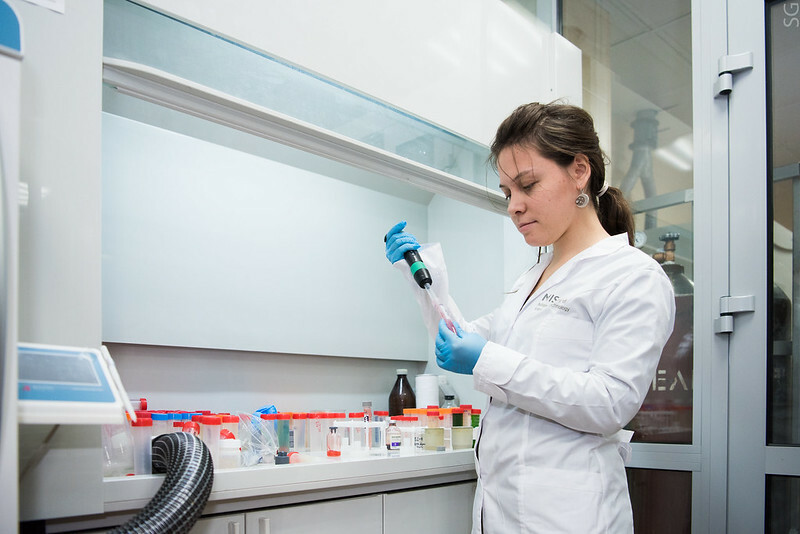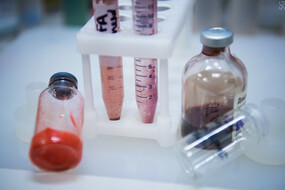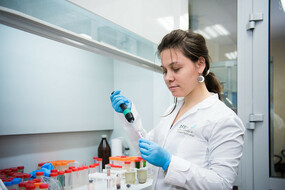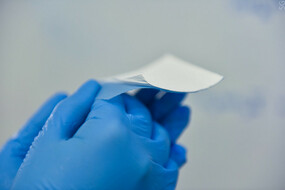A scientific team of scientists from NUST MISIS and Institute of Cytology and Genetics of SB RAS managed to create innovative bandages based on organic polymers and silver nanoparticles, which stimulate the healing of diabetic ulcers and chronic wounds. The results of the work have been published in the Pharmaceutics international scientific journal.
Type 2 diabetes mellitus, is characterized by a high level of blood glucose, which worsens the work of white blood cells — they cannot function normally, and as a result, the body becomes especially vulnerable to infections. In addition, diabetes affects blood circulation, hindering the delivery of nutrients. This leads to slow wound healing, and also increases the likelihood of developing complications in the form of bacterial infection. Patients with other metabolic disorders (kidney and liver diseases, tuberculosis, HIV/AIDS, etc.) also tend to suffer from chronic wounds.
To ensure successful healing, excessive exudate (liquid released into the tissue in case of damage) must be delayed, providing good oxygenation, a moist environment, and sterility.
Modern means poorly provide a combination of these conditions: according to statistics, 85 per cent of the surgical amputations were the result of diabetic foot ulcers. In most cases, the therapy consists simply in replacing the bandages.
To solve this complex problem, a team of materials scientists from NUST MISIS used substances from the class of polysaccharides — organic polymers that can absorb and retain aqueous solutions hundreds of times their own dry weight.
“We took two substances as a basis. Chitosan is a well-known carbohydrate polymer derived from the chitinous cover of crustaceans, which has many potential clinical applications due to its antibacterial, anticoagulant, anti-tumor and hemostatic properties. Kurdlan is a homopolysaccharide from the category of β-glucans and shows a positive effect on the human immune system, providing antitumoral and antimicrobial effects,” said the author of the study, a researcher at the NUST MISIS Inorganic Nanomaterials Laboratory Elizaveta Permyakova.
By varying the temperature, heating time and polysaccharide concentration, biomaterials of different strengths can be obtained. The developers have synthesized a therapeutic agent in the form of foam based on chitosan and curdlan. It has been obtained by lyophilization — soft drying of the dissolved mixture, when the drug to be dried is frozen and then placed in a vacuum chamber where the solvent is removed.
“To enhance the antibacterial properties and stimulate the immune system, during the polymerization process, we have added a solution of silver nitrate to the mixture of curdlan/chitosan, which was subsequently reduced to silver nanoparticles under the influence of UV irradiation. In vivo tests in mice with genetically determined type 2 diabetes revealed an enhanced effect of silver modified foam: it significantly accelerates the regeneration process compared to pure foam and the untreated control,” added Elizaveta Permyakova.
According to the authors, the resulting foamy substance has antibacterial and super-absorbent properties that allow localization of exudate in the form of a soft gel, provides good oxygenation of the wound surface and prevents bacterial infection. In addition, the silver nanoparticles in the composition stimulate the immune system, which accelerates the healing process.
The team is currently completing testing of the resulting material as part of in vivo preclinical studies.






